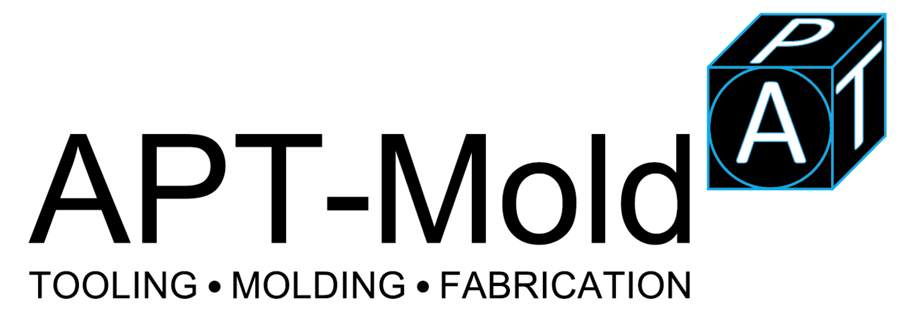Bringing your idea for a product to life is way easier these days with rapid prototyping, the process is still prone to go through quite a number of revisions to make sure you are delivering a fully functional product. All this work is not done in vain. While costly, the continuous inspection of your prototype is bound to reveal little details that will provide more insightful data about the performance efficiency of your product.
You must pay attention to this stage of development, and make sure the final result of your efforts pays off with a finished product that everyone will want to buy. A trough inspection of your prototype will reveal different information with each change you make on it, from tweaking numbers in the engineering process to complete redesigns of certain parts of it. As you work out through these issues, you’ll reach the moment where you are able to call off the inspection and secure the finished product.

Prototype Inspection
Why is important to mind the quality issues delivered by these inspections?
While the processes of thinking about your idea work instantly, the mechanics behind it must follow basic notions of design, engineering, and mathematics. If your product doesn’t meet these basic standards, it becomes a piece of your imagination that it’s been badly developed. If you have engaged in the creation of a prototype with funding from investors you will also make them lose money and time, thus flushing down your creativity and your chances as an entrepreneur.
This is some of the consideration you should have while developing your prototype and inspecting each step of the development process:
• Look at your first Prototype from every Angle
You might be wondering why you should keep looking at the prototype of your product each day. Along with the development team, you have the final word on it and how it should work. The first prototype is where most variables come forward as well as all the performance issues. Examining the prototype even when it’s working can reveal new information to improve the performance of your product beyond the original specs. Try to do so by facing your prototype up front, 3D rendering and photo-shoots from every angle.
• Consider the Materials used on the Prototype and The Ones Used in The Final Product
If you are using rapid prototyping techniques, you have to bear in mind the fact that the material used to develop your prototype might not be the ones used in your finished product. Using facsimiles or equivalents do not mean that the finished product will work exactly like the ones used in the early stages of design. 3D design and 3D printing use a wide array of materials and techniques these days. Try to stick closely to the components you’ll be using in the finished product.
• Study the testing Parameters of Your Prototype
When finally crank out a prototype, the first thing you should check its performance. The engineering team will be able to come up with testing parameters to measure how good your prototype works on delivering what is supposed to do. It can go by overdoing what it’s supposed to do, or you can get a lackluster result. Either way, pay attention to the data obtained from these tests and go back to the drawing board as much as you need to have the desired results.
